Introduction to Psychoactive Mushrooms
Psychoactive mushrooms, also known as hallucinogenic mushrooms, have been revered for centuries across various cultures for their profound spiritual, medicinal, and recreational properties. These remarkable fungi contain psychoactive compounds such as psilocybin and psilocin, which have the power to alter perception, thought, and mood. The use of these mushrooms dates back to ancient Mesoamerican cultures, where they were considered sacred and integral to rituals and ceremonies aimed at communicating with the gods and ancestors. The Aztecs, in particular, held these mushrooms in high esteem, often referring to them as “the flesh of the gods” due to their ability to induce mystical and divine experiences.
What are Aztec God Mushroom strains?
This is a strain of psychedelic mushrooms commonly harvested in Central America and Southern Mexico. They possess a moderate to average psilocybin potency and have been widely utilized by the Aztecs for religious purposes. They are widely cultivated or harvested for their above-average psilocybin content, which is suitable for beginners and prolonged trips when taken in large doses.
While Aztec God mushrooms are widely known for their role in religious ceremonies, their scientific classification is still debated. While some classify them as a species of psilocybin mushroom known as Psilocybe aztecorum, others believe they are strains of Psilocybe cubensis. The original mushrooms used historically likely belonged to a separate species entirely, highlighting the cultural significance and spiritual purposes tied to these different species of mushrooms in historical contexts.
Aside from the minor differences in their physical appearance, which is mostly noticed by mycologists, Psilocybe aztecorum tends to have a lower potency than Aztec God mushroom strains. This means people are more likely to experience a more intense psychedelic experience after consuming Aztec God strains. The average psilocybin concentration of Aztec God mushroom strains ranges from 0.9% to 1.15%, while Psilocybe aztecorum has a potency of 0.2%.
Other differences may not be covered in the scope of this article. For convenience, we will classify them as Aztec God mushrooms.
Aztec God mushrooms represent a group of psychedelic mushrooms whose traditional and religious use are vanishing. They are restricted to endangered habitats, usually on high mountain tops, and may likely go extinct due to global warming. They were listed as a vulnerable mushroom species in 2017 and may likely disappear by 2067. They were added to the fungal red list in 2017.
Taxonomy and Nomenclature
The Aztec God strain is a fascinating member of the genus Psilocybe, renowned for its psychoactive properties. This particular strain holds a special place in Aztec culture, where it is revered as a sacred mushroom. The name “Aztec God” is a nod to the ancient deities of Aztec mythology, who were believed to have harnessed the mystical powers of these mushrooms in their rituals and ceremonies. This connection to ancient deities underscores the profound spiritual significance that these mushrooms held in Aztec society, making them more than just a psychoactive substance but a bridge to the divine.
Appearance and Characteristics
The Aztec God mushroom is as visually striking as it is potent. Conditions like humidity and temperature are crucial for the development of fruiting bodies in Aztec God mushrooms. Its cap can range in color from a deep chestnut brown to a lighter straw yellow or even whitish hue when dried, giving it a versatile and captivating appearance. The stem is slender and cylindrical, typically reaching up to 7.5 cm in length, adding to its elegant and refined look. One of the most distinctive features of the Aztec God mushroom is the subtle sheen that often graces its cap, making it stand out among other mushroom species. These mushrooms usually grow in clusters, and the entire substrate they inhabit is often enveloped in a thick layer of mycelium, indicating a healthy and thriving growth environment.
Habitat and Distribution
Psychoactive mushrooms thrive in a variety of habitats, including lush forests, expansive grasslands, and towering mountains. These mushrooms typically grow on decomposing organic matter such as wood, leaves, and dung, making them a vital part of the ecosystem’s nutrient cycle. The distribution of these fascinating fungi varies widely depending on the species, but they can be found in many parts of the world, from the dense jungles of South America to the temperate forests of North America, and even in parts of Europe, Asia, and Africa. Each species has adapted to its unique environment, contributing to the rich diversity of psychoactive mushrooms globally.
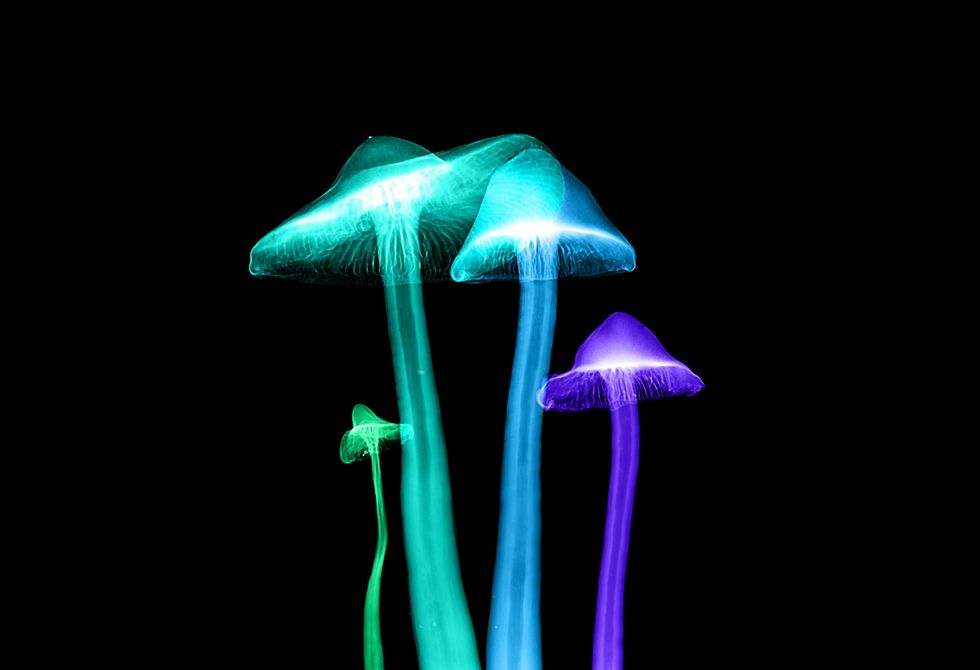
History and relevance in Aztec culture and religious ceremonies
Aztec God psilocybin mushrooms were first reported by Roger Heim, a French mycologist who discovered and studied them in 1956 in the Popocatepetl Mountains in Mexico. Before his discovery, anecdotal evidence shows the possible use of the Aztec God mushroom in Aztec religious activities, particularly involving Psilocybe mexicana, known for its historical and ethnobotanical significance.
Various species within the Psilocybe genus, referred to as Psilocybe spp, have been integral to Mesoamerican spiritual practices.
Its effect was mostly linked to the activities of Xochipilli (the god of flowers), whose statue represents the ecstatic state of hallucinogenic plants. The statue features a dilated pupil, suggesting the effect of psychedelic mushrooms and the psychoactive substances and rituals associated with Aztec gods.
Hallucinogenic mushrooms, particularly those used in Aztec rituals, have a rich historical and cultural significance, highlighting their role in religious ceremonies.
Aztec God Mushrooms are often described as “the flesh of the gods” since they allow users to communicate with the gods and see their environment in a new dimension. There are also pieces of evidence from cave paintings, statues, and exploration reports from European explorers that show these mushrooms’ importance to Aztec religious ceremonies and their significance in Mesoamerican cultures.
Mushroom stones, carved representations of mushrooms, indicate the importance of these hallucinogenic substances in ritual practices among the Maya and Aztec civilizations.
The Aztecs have a long history of utilizing several plants and animals within their society. These plants form a large part of their medicine and religious rituals. Aztec God mushrooms were an important part of these gatherings. Reports show that Aztecs would take psilocybin mushrooms at festivals or during large religious gatherings since it helped them to communicate with their gods. The shrooms are considered sacred since obtaining them is a herculean task, often requiring all-night searches. During the festivals, psilocybin mushrooms are consumed with chocolates and honey for an improved experience.
Numerous depictions in historical records illustrate the rich cultural significance of hallucinogenic substances in Mesoamerican societies.
Psychoactive drugs, including psilocybin mushrooms, were integral to spiritual practices, including divination and ecstatic states of communication with the spirit world.
Aztecs are often required to fast before eating the sacred flesh of the gods. This is an age-long tradition in many cultures since fasting is considered a way of purging oneself from every weight that may affect the overall outcome of religious activities. Eating mushrooms during Aztec festivals was known as mushrooming oneself or monanacahuia.
Fasting before tripping on psychoactive mushrooms may have varying effects on users. While some may experience extremely positive effects, others may end up with an awful experience. Some users have experienced fewer side effects of psychedelic mushrooms after fasting for at least 24 hours.
Sacred mushrooms, particularly from the Psilocybe genus, have been utilized in ancient Mesoamerican religious and ritualistic practices for over 3500 years.
Although eating psychedelic mushrooms while fasting can mitigate its side effects, it can also lead to the following awful experiences:
- Exhaustion
- Discomfort
- Lightheadedness
- Fainting.
In most cases, people who experience these side effects are new to fasting.
Prolonged psychedelic trips were common with Aztec festivals since the mushrooms were not properly dosed. People who partake in the festival are most likely to embark on several hours of psilocybin trips and have attested to communicating with the gods.
Psilocybin opens the third eye by deactivating sensory gating. This allows our brain to convert more stimuli and allows us to see beyond our natural environment. Psilocybin trips are common with an improved sense of smell and sight. People are most likely to see colors vibrating, the trees breathing, or the environment moving.
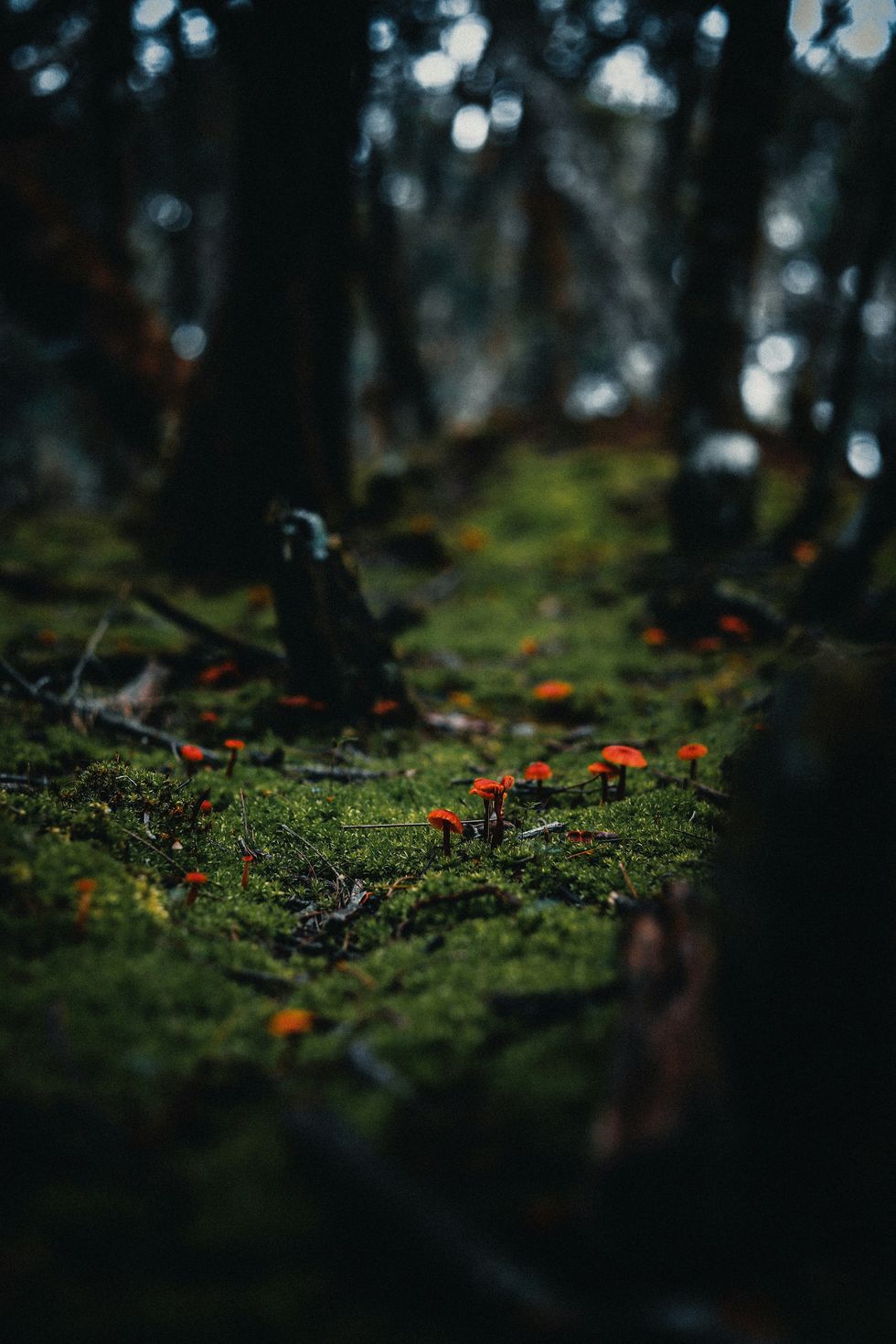
Potency and Psilocybin Content
The potency and psilocybin content of psychoactive mushrooms can vary significantly based on several factors, including the species, growing conditions, and methods of preparation. For instance, some species like Psilocybe mexicana are renowned for their high levels of psilocybin, while others may contain lower concentrations. The stage of growth also plays a crucial role, with younger mushrooms often boasting higher psilocybin levels.
The Aztec God strain, in particular, is noted for its substantial psilocybin content, with reports indicating levels ranging from 0.50-0.70% psilocybin and 0.10-0.20% psilocin. However, these levels can fluctuate based on specific growing conditions and preparation methods. Factors such as the substrate, temperature, and humidity can all influence the potency. For example, mushrooms cultivated on a nitrogen-rich substrate may exhibit higher psilocybin levels compared to those grown on a less nutrient-dense medium.
Given the variability in potency and psilocybin content, it is essential to approach the use of psychoactive mushrooms with caution and respect. Understanding these factors can help users better prepare for the profound experiences these sacred mushrooms can offer.
Safety and Precautions
When it comes to using the Aztec God mushroom, caution is paramount. This particular strain contains psilocybin, a powerful psychoactive compound known for inducing intense visual and auditory hallucinations. Users should be mindful of the potential risks, which can include anxiety, paranoia, and an increased heart rate. Given its potency, the effects of the Aztec God mushroom can vary significantly depending on the individual and the specific growing conditions.
For those new to this sacred mushroom, it is advisable to start with a low dose and gradually increase it as needed. This should ideally be done under the guidance of an experienced practitioner or in a controlled environment to ensure safety. Additionally, it’s crucial to be aware of the potential for contamination. Ensuring that the mushrooms are grown and handled in a clean, sterile environment can mitigate this risk.
It’s important to note that the Aztec God mushroom may not be suitable for everyone, particularly individuals with a history of mental health issues or substance abuse. Users should also be cautious about potential interactions with other medications or substances and consult with a medical professional before embarking on their journey with this powerful mushroom.
In summary, the Aztec God mushroom is a potent and sacred substance that demands respect and careful handling. By adhering to proper safety protocols and guidelines, users can minimize risks and fully appreciate the profound experiences this ancient and revered mushroom has to offer.
Final thoughts on sacred mushrooms
Aztec God mushroom strains are highly sought after in Aztec communities. The mushrooms live up to their name since they are potent and have an affinity for inducing spiritual visions during the experience.
These mushrooms are mostly picked from the wild since they are hard to cultivate. They prefer wood substrates with high elevations. Some growers have reported success with cultivating these mushrooms on manure with wood chips mixed in, but they can also grow on usual substrates. Their yield is, however, limited when cultivated on usual substrates.
Aztec God mushrooms are great for beginners and microdosing. When taken in high doses, their intense effects can trigger long trips.
Need a little more Bluntness in your life? Subscribe for our newsletter to stay in the loop.


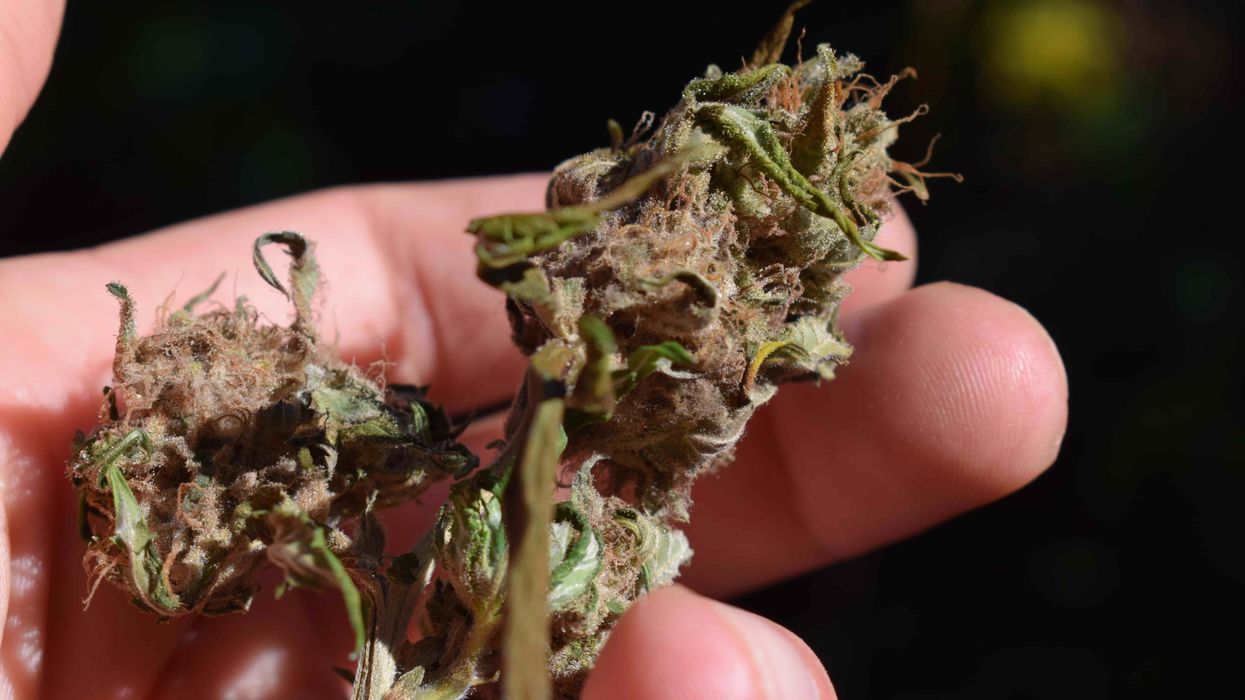




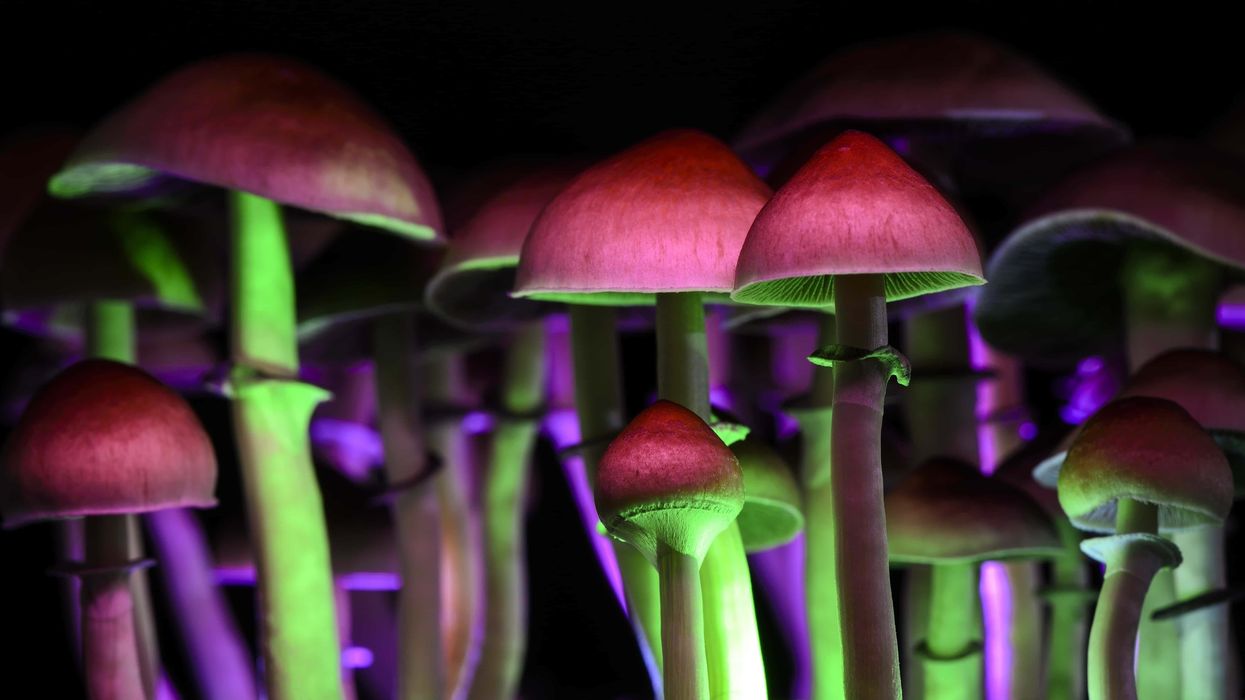
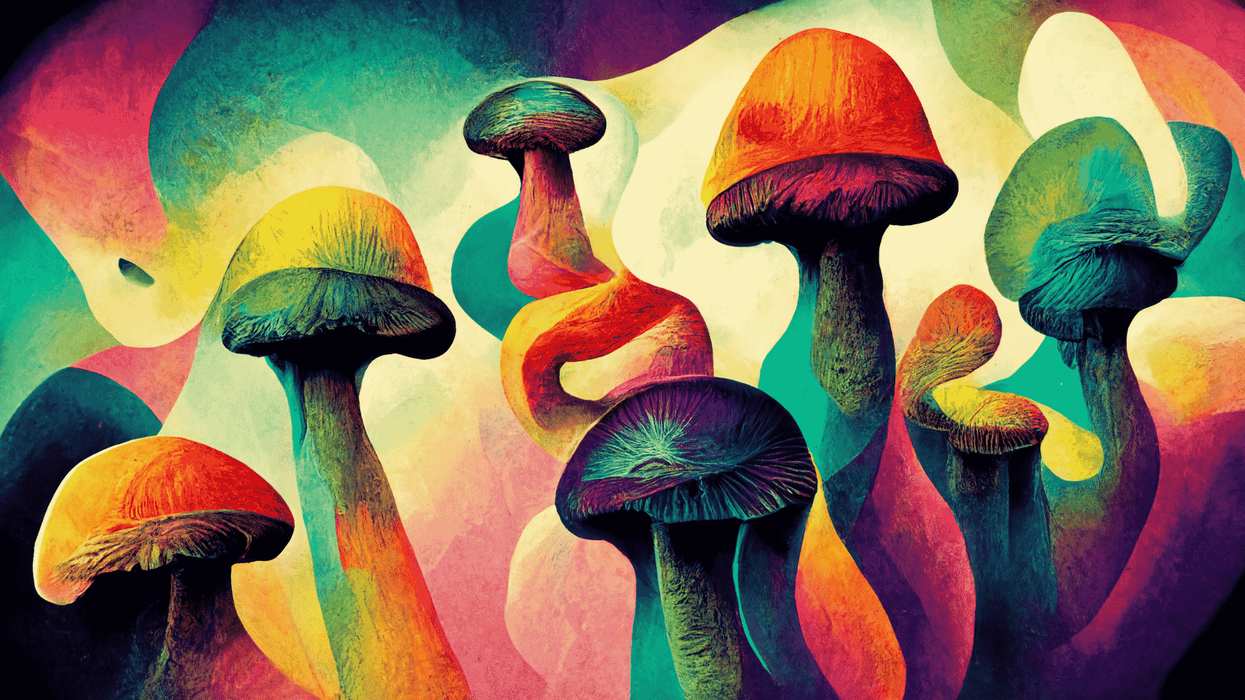



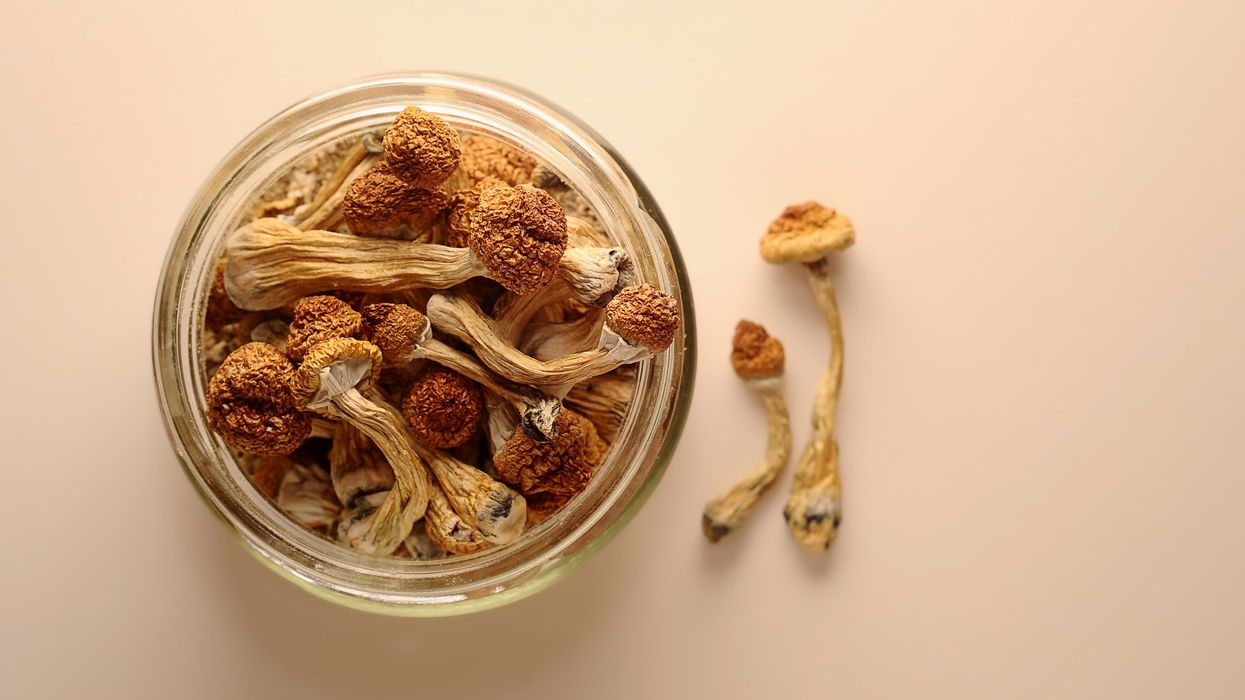
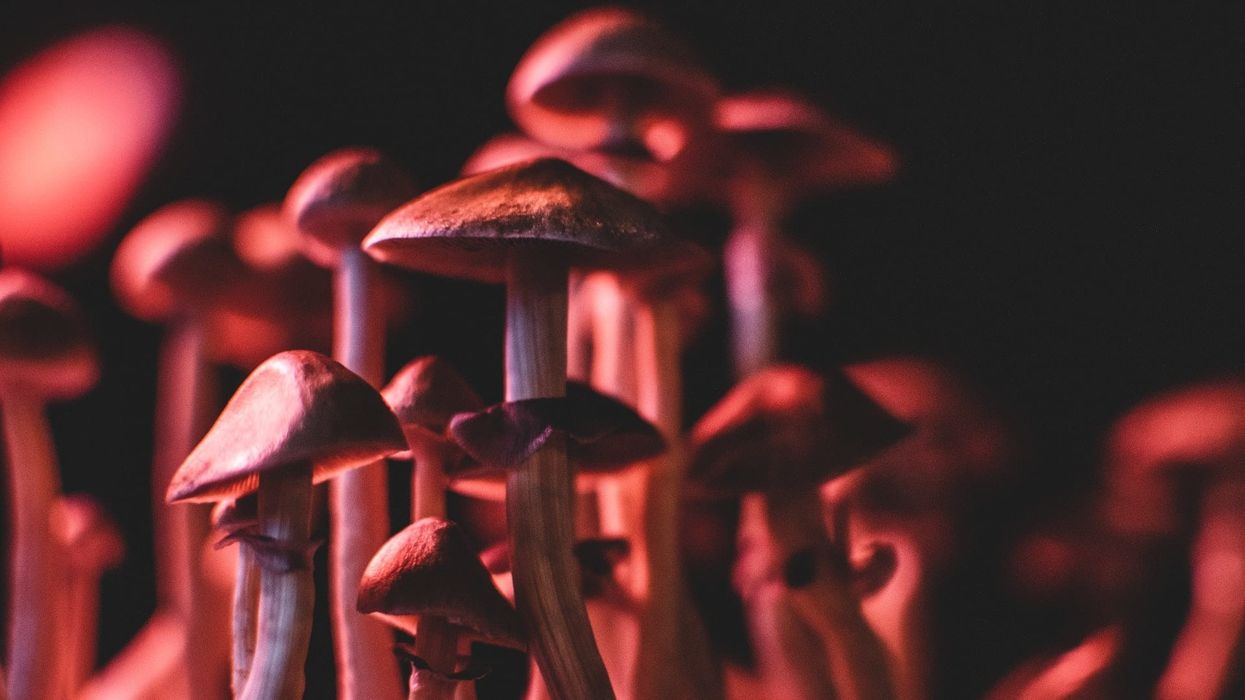
 How to Store Magic Mushrooms
How to Store Magic Mushrooms How to Store Magic Mushrooms
How to Store Magic Mushrooms How to Store Magic Mushrooms
How to Store Magic Mushrooms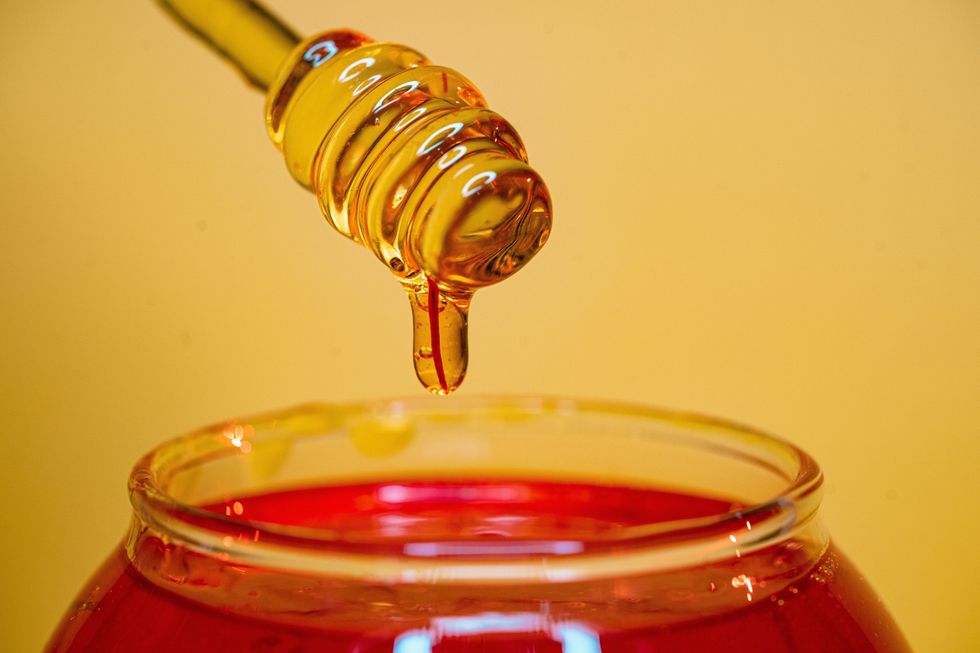 How to Store Magic Mushrooms
How to Store Magic Mushrooms How to Store Magic Mushrooms
How to Store Magic Mushrooms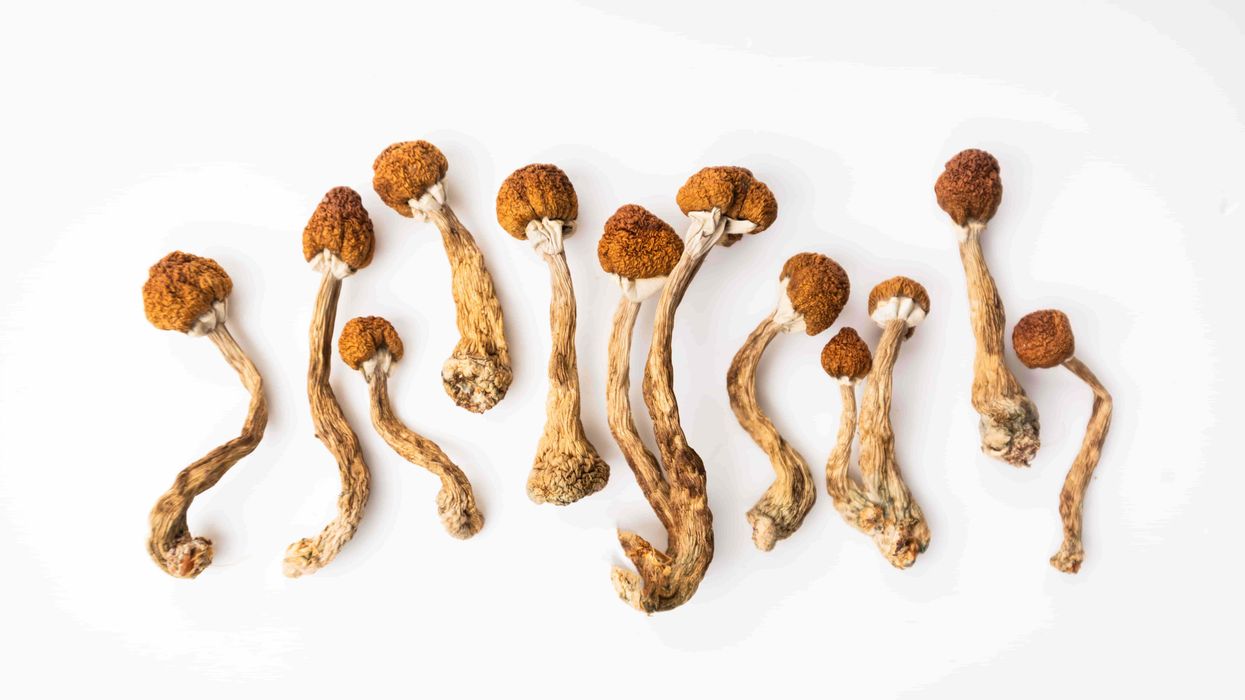

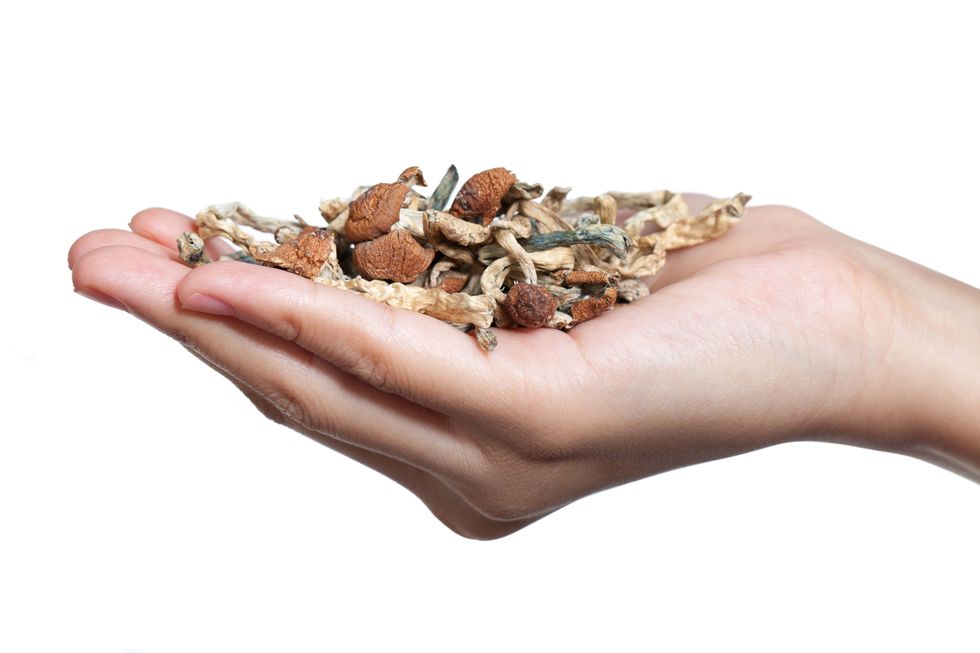 How to Make Mushroom Tea - The Bluntness
null
How to Make Mushroom Tea - The Bluntness
null
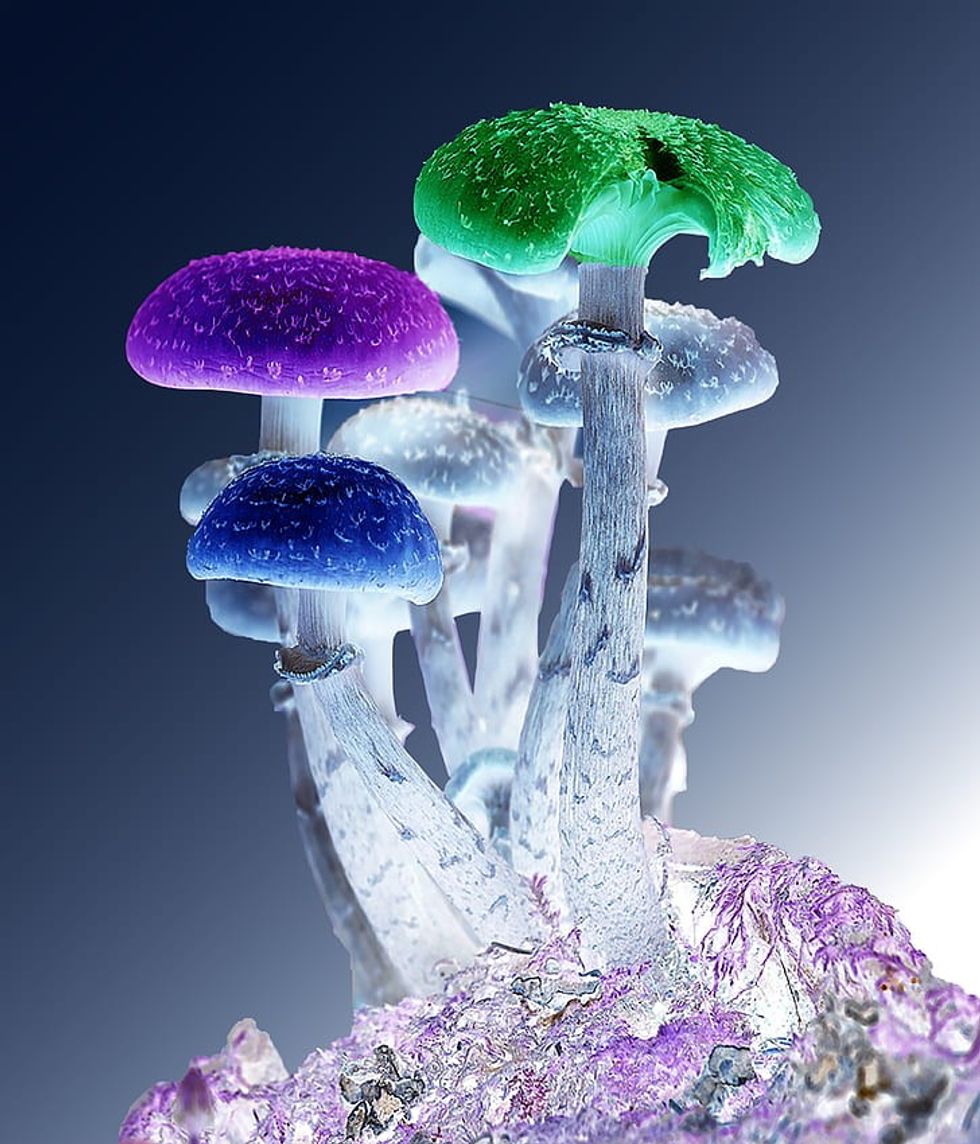 How to Make Mushroom Tea - The Bluntness
www.pickpik.com
How to Make Mushroom Tea - The Bluntness
www.pickpik.com